This blog aims to summarize (to the best of my ability) the recent PETE Collaborative on recruitment and retention into PETE programs. The discussion audio can be found by searching “Playing with Research in Health and Physical Education” Podcast on Spotify, Apple Podcasts or most anywhere you listen to podcasts, or by clicking here. The discussion was rich and the chat was very active during the collaborative. It is our attempt to summarize the key points in this blog.
The first 20 session discussed innovative approaches to recruiting and retaining students and was led by Ingrid Johnson and Michelle Moosbrugger. Ingrid shared about her visits with the GVSU PETE club to high schools to share about their program and their attendance at a local career fair where they go to advertise. The GVSU and GMU programs also use branded “swag” to provide to teacher to promote their programs. These include, sun block, first aid kits, stationary, hand sanitizer, sun glasses, pens, etc. You could ask for your marketing team at school to make you some, or write a grant like Ingrid did. There are ways to leverage your campus recruitment office to help and provide them with the information so you don’t need to reinvent the wheel. To find some more information on undergraduate recruitment, you can click here for some global strategies.
Other strategies employed were going to foundational level Kinesiology courses to “sell” new students on physical education as a major. This of course should be communicated to the faculty teaching that class to ensure you don’t appear to be “poaching” students. Finally, you should know what your advisers are saying to students. Some programs shared about advisors pushing students to kinesiology courses and suggesting them away from PE as a major. We should make sure the message is positive about PE in these crucial decision rooms!
There are some hurdles for recruitment from college which include a high threshold to enter education programs (high SAT requirements and high GPA) that exclude some candidates out of high school who end up taking the community college route to enter the program. This is evident in the high numbers of community college transfers in some programs, like Mason which includes north of 90% of students. Unfortunately, some of our colleagues shared that they were discouraged from recruiting at the HS level because they felt “led on” by the recruitment strategies, only to not get admitted due to the high standards at the university.
If we continue to struggle to recruit first-time freshmen into our programs, perhaps we need to focus more directly on community college transfers. A few universities have partnered with the local community college to create pathways to the 4yr university. Here is an example of one with Northern Virginia Community Colleges and George Mason. At Cal State Fullerton, the university partners with community college advisors to share the prerequisites for transferring into specific programs so students don’t take unneeded classes and can streamline their transfer to specific programs like PETE.
There may be some adjustments that need to be made in your program to recruit more easily from community colleges. This could be opening up lower-level courses to all students without prerequisites, and to apply your health and PE courses to count for core general education credit. Universities have done this with classes like socio-cultural issues, community health, technology in exercise,
The other way to increase students who are already in the university is to provide dual enrollment or dual licensure. Some states have turned to both health and PE licensure, while others have added 5-year degrees to get licensed in Special Education, a minor in adapted PE, an Athletic Training minor. This could be a way to get core classes done while still staying within the norm of 120hrs of credit. Some colleagues shared that their universities were struggling as they had too many credit hours and were restructuring their curriculum to trim it down. In my opinion, to be competitive, a program should be at or very close to 120 credit hours. This may mean combining individual 1 unit activity courses into pedagogy-driven content courses, cross-listing your classes as GE credit, embedding practicum experience in classes, and not having students receive credit for the observations in the field among other tactics.
Another issue that came up was the Praxis core exams as well as other entrance exams required for students to either enter or progress through our programs. Some universities have been able to offer a course in place for the praxis core and a “B” or better waives the praxis requirement. Other universities like the Cal States can have a student pass a subject matter preparation program (an accredited PETE program) OR take the Praxis exam. In Maryland students with a GPA of 3.0 or higher are exempt from the Praxis Core, other states allow an exemption with a specific SAT score or above. At Mason the student club has started Praxis core and literacy test preparation meetings to support students. Cost can also be a barrier, Nicole Bosley linked to a fee waiver by ETS, you can find that link here.
However, in order for us to change it can’t be more of the same...as Hal Lawson puts it “If the aim is to change/improve/diversify recruitment, then surely preservice education programs cannot be more or less the same. Indeed, beyond state standards, they aren't because faculty vary, courses are organized differently, and students are not uniform. [The] main idea is to build on strengths, and this may be timely as new models for schools develop and may be increasing.”
We hope to see you at the next PETE collaborative meeting! Stay tuned for a second blog covering this very enriching meeting!

